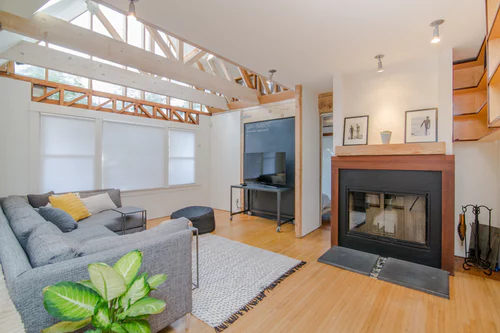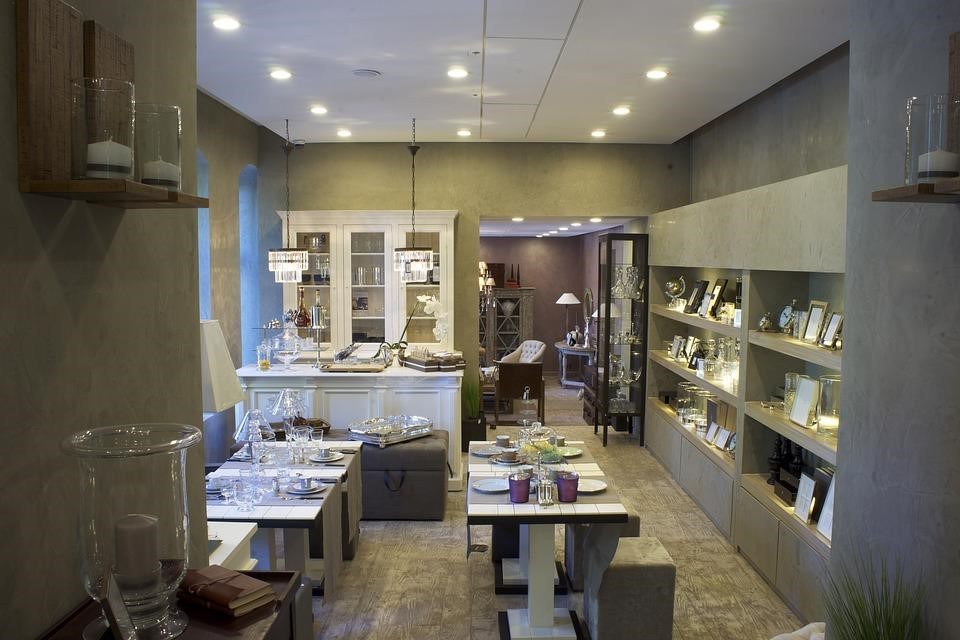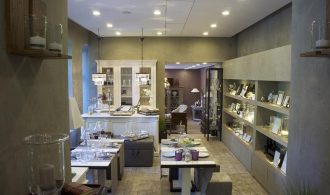If you are fortunate enough to design your own home, you might want to make sure that it’s a home that you will be happy in forever. We all have different tastes and needs, but on the whole, there are certain tried and tested standards that you should aim for when embarking on this venture.

The nature of a lifetime house
Around the mid-1990s, a number of housing experts jointly established a group and set down five recommended principles for residential design that became the Lifetime Homes Standard. Based on inclusivity, accessibility, adaptability, sustainability and good value, the principles have now expanded to 16 encompassing points. Some of the biggest things people look for when they view a house is size, amount of bedrooms, bathroom size, storage and if there is a driveway or off road parking. The parking can really make a difference, especially if you have a Car Leasing Gloucestershire vehicle from this year sat in full view of potential thieves. If you look at sites including mphvehiclesolutions.co.uk they will give you advice on cars, colour, price and even insurance to cover vandalism and theft.
Thinking for today and tomorrow
To include current and future needs, the client and the architect need to collaborate very closely. Creating lists of needs and desires and mood boards or other visuals can be very helpful in conveying what you want to the architect. If you are planning to make your office at home and you are considering investing in a bespoke commercial desk, you need to put your architect in the picture.
Movement and accessibility
Planning needs to start outside your home. Consider where your parking space will be and how you can gain easy access to the door. A well lit main entrance with wide doors will make it easier for buggies and wheelchairs to enter the house. Level thresholds and wide internal doors make moving about easier as well. If you are thinking of ordering furniture for wider passageways and oversized treads for staircases will make delivery much simpler.

Image Credit
Live flexibly
Open your mind to the fact that spaces can change their purpose. What starts off as a living room might one day become a bedroom. To ease the transition, consider installing sliding panels and pocket doors. Larger rooms are also useful, in the sense that they can be subdivided when necessary and then re-opened to suit your changing needs.
Thinking ahead, a lift might need to be installed in the future, and planning for that during the design phase is bound to save money in the long run. The initial house does not need to have every single feature built at the onset. Plan now with the future in mind, by building in a way that easily facilitates future plans.

